0%
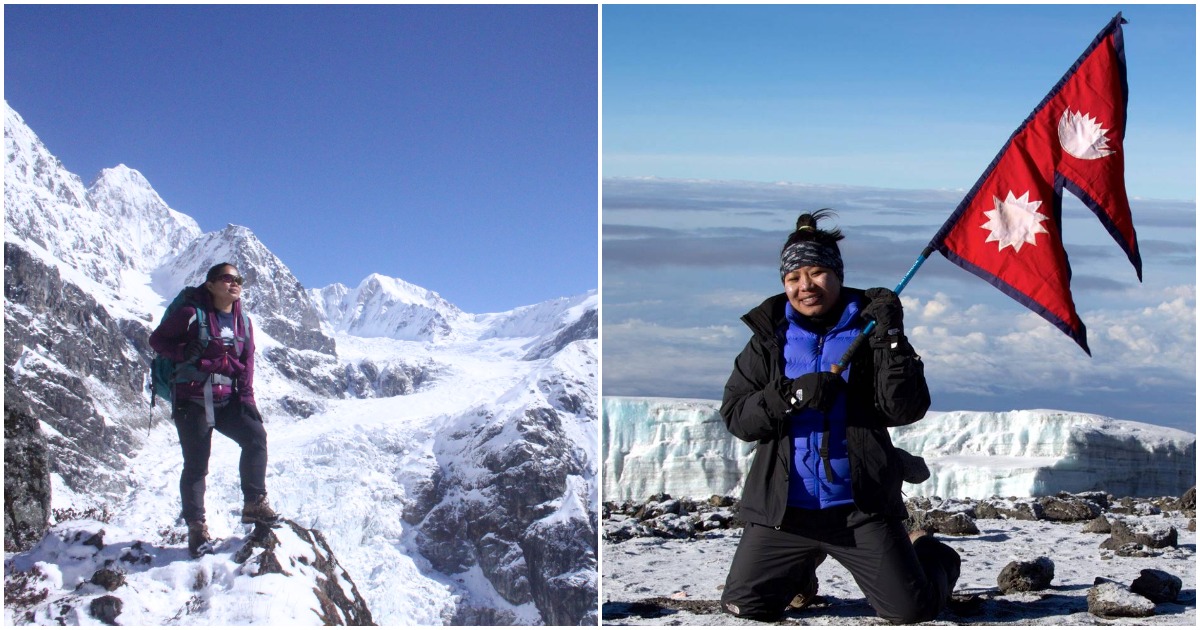
KATHMANDU: Maya Gurung who grew up in the lap of Jugal Mountain range located in Sindhupalchowk district loved to gaze at the mountains right from her childhood. She always dreamt to scale them one by one to know what mystery they hold in themselves. When she was a child, she thought one of those mountains to be the Mt Everest which she found to be wrong after she discovered the truth. In fact, it was Jugal Mountain range consisting of eleven mountains including Gyalzen Peak. Jugal Mountain range has a total of 11 peaks and eight of them have altitude somewhere between 6,256 and 6,966 meters high.
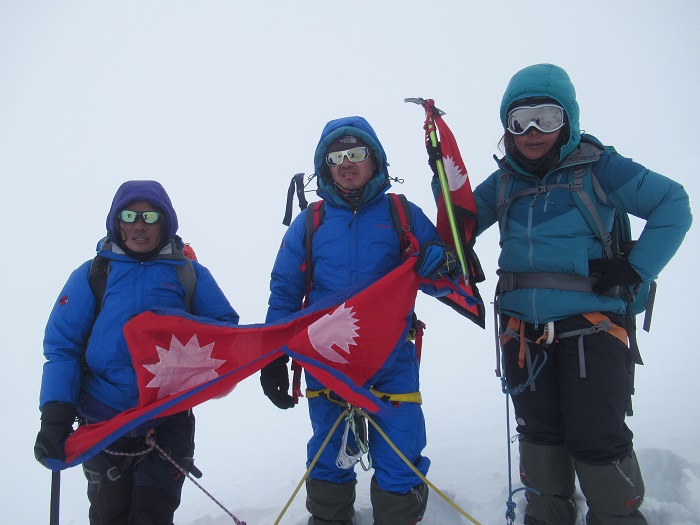
She had never thought that the mountains she was fond of watching from distance all her childhood will embrace her and that happened when she climbed the Gyalzen peak measuring 6,151 meters in altitude. It was 11 am on April 9, 2019, when she stood at the summit of Gyalzen peak. Many would think it was her first climb. No, it wasn’t. She has successfully reached the summit of seven highest mountain peaks of the world including Mt Everest and the Gyalzen Peak, as her latest feat to add to her glory.
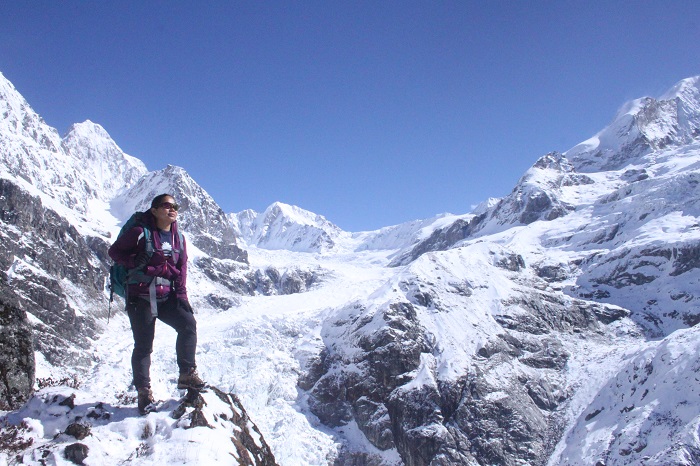
Maya Gurung was not an ordinary girl to be involved in household chores all the time. She always thought to do something different while being in her village. Now that she has earned fame as a mountaineer, she wants to boost tourism in her own village. For her own life, she still looks for more numbers of ascents as there are many more mountains which she has not scaled yet. No doubt, what she has done by scaling a series of seven top mountain peaks of the world is not a mean achievement by any standard. She says, ‘There are hundreds of peaks in Nepal. If these mountain peaks get right kind of promotion, there will be all-round development in nearby villages and adjacent districts improving the life-standard of locals. It will open up more opportunities for generating income through small and big businesses particularly in the hospitality sector and spur the rate of employment.’ She further adds, ‘There are several peaks around Kathmandu, despite being so close to the capital city of Nepal, they have never been climbed. We must find out where we have failed in the tourism sector which could have provided so many jobs to our Nepalese youth. We could have generated a lot of income by encouraging commercial expeditions using these mountain peaks for our own benefit.’
Expedition to Gyalzen Peak is not very costly and takes relatively short time. A climbing permit for a Nepali costs Rs 4,000 and it is $250 for a foreign climber. The climbers have to pay less if the altitude of the mountain peaks is less than 8,000 meters. Maya Gurung is of the opinion that Gyalzen Peak could be promoted as a training peak to allow climbers to develop their mountaineering skills before heading for the world’s tallest mountains.

The government can make it mandatory to first scale smaller mountains such as Gyalzen Peak before attempting to Mt Everest and other highly elevated mountains. This will help prevent accidents and save many lives. At the same time, it will serve as a test of body fitness for climbers aspiring to scale high mountain peaks measuring 8000 meters or more.’
Maya Gurung explains, ‘Climbing the Gyalzen peak for the first time is a very different experience than climbing the Mt Everest and other seven summits. It is because the route of climbing, details of camps and other information are not known to everyone. For us (Maya Gurung with Milan Lama and Sharmila Thapa in her team) too, it was difficult to scale as none of us knew nothing about the camp and other hassles and challenges on the way to the summit of Gyalzen peak. We ourselves decided for the route on the mountain to reach its summit and fixed our milestones in the process of carving out route.’ She further adds, ‘It was the experience of being blind. Yes, indeed it was because the Gyalzen peak was hitherto unexplored and all of us knew that there was a summit we needed to reach but none of us knew how to go there as the route was the adventure for all of us. Moreover, climbing the mountain with new friends is a great challenge because of non-exposure or less exposure to mountaineering.’
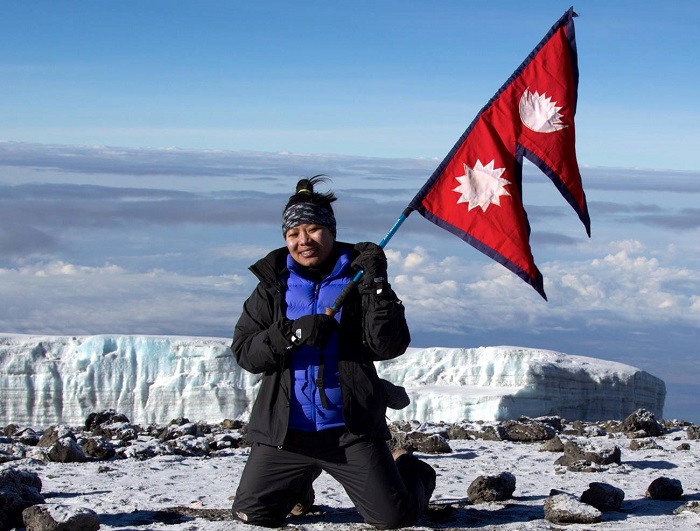
How did she prepare to get at the top of the Gyalzen Peak? Maya Gurung answers, ‘We set the base camp of Gyalzen Peak at the height of 4500m (from where we could climb other six peaks of Jugal Mountain range). We stayed there for two-three days in order to get acclimatized to mountain surroundings. Then, we set on foot to the high climb at 4700 m. and created another camp at the altitude of 5000 m. We continued to climb whole night escaping crevasses on the way. It was of course not easy to find the way to follow the less challenging route. It took almost 23 hours in the process to reach the summit of Gyalgen Peak but it was relatively easy while returning to the base as we had already spotted the shortest route which took just half the time it took while ascending the peak. Now, the climbers in the future can use the shortest route which we followed while descending down the base camp. The route of the Gyalzen peak is fixed now and we have prepared the map to help the other climbers who choose to climb the peak.’
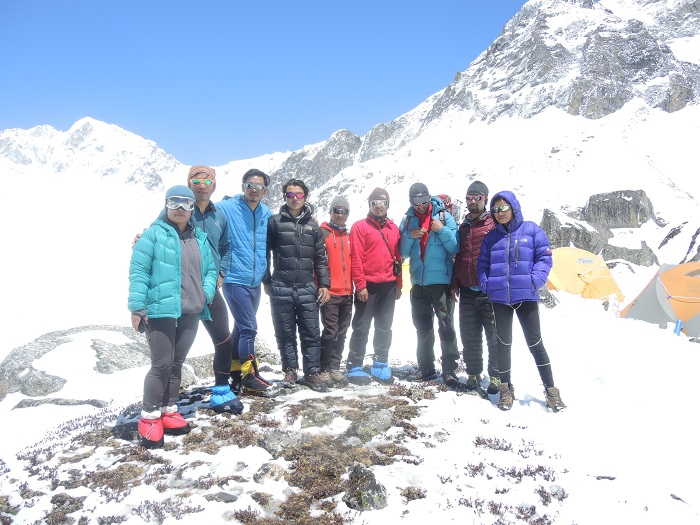
Maya Gurung recalled her mountaineering journey while talking to Khabarhub. She had climbed the Mt Everest way back in 2008. She was a member of the team ‘First Inclusive Women Sagarmatha Expedition’ (FIWSE) which comprised of 10 women. She is the first woman from the Gurung community from her locality to reach the top of Mt Everest. FIWSE was conceptualized by the leaders like DaGombu Sherpa and Pemba Dorji Sherpa with an objective to increase the participation of Nepali women in mountaineering. Ten Nepali women (Shailee Basnet, Pujan Acharya, Maya Gurung, Asha Kumari Singh, Nimdoma Sherpa, Pema Diki Sherpa, and Chunu Shrestha) representing six different ethnic communities joined the team; most of them were new to mountaineering. FIWSE created history as all ten women successfully scaled Mt Everest in May 2008 carrying the message of the cultural reality of Nepal, ‘Unity in Diversity’.
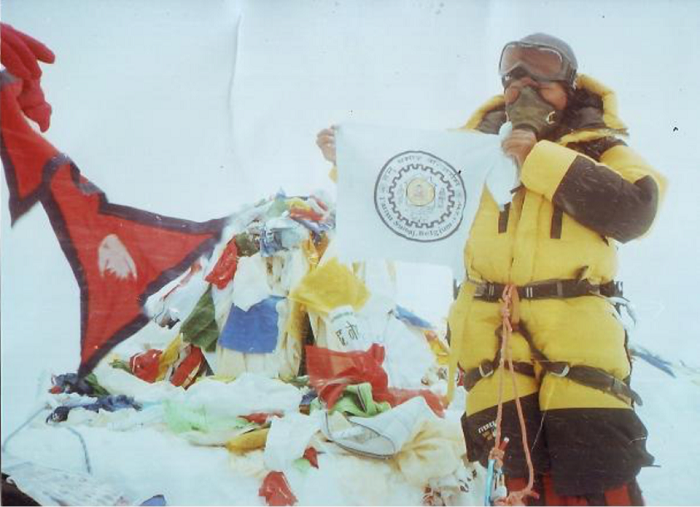
After the stupendous success of scaling the highest mountain of the world, the seven women friends including Maya Gurung on 1 January 2009 formed a new team called ‘Seven Summits Women Team’ and mapped out their future plans to climb the seven new highest summits other than Mt Everest. The team was formed to climb the highest mountains one after another with a new slogan ‘Together We Reach Higher’. The team chose to focus on the message of Education, Empowerment & Environment.
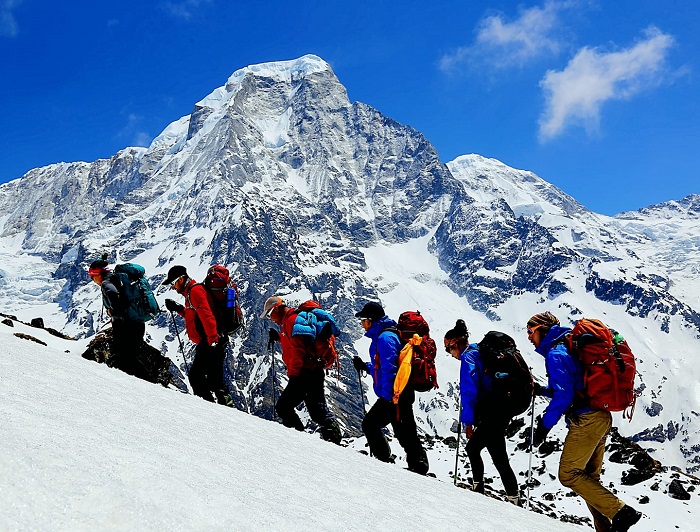
Summits Scaled by the team so far includes Mt Everest (8848m) in Asia, Mt Kosciuszko (6962m ) in Australia, Mt Elbrus in Europe (5642m), Mt Kilimanjaro (6194m) in Africa, Mt Aconcagua (6,962 m) in South America, Mt Denali (6,194 m) in North America and Mt Vinson Massif (4,892 m) in Antarctica. Maya Gurung says, “Every Mountains has its own beauty and challenges”.